Any entrepreneur will tell you that regulation not only lags but often inhibits innovation.
At the Global Entrepreneurship Congress, hosted in Riyadh, Saudi Arabia, Digital Nation Australia spoke to Céline Kauffman, head of the entrepreneurship, SME and tourism division at the Organisation for Economic Co-operation and Development (OECD).
As the OECD, a global policy forum made up of governments, policymakers and citizens from over 100 countries, delivers advice on public policies and international standard-setting, Kauffman revealed a key focus area is to make regulation more agile.
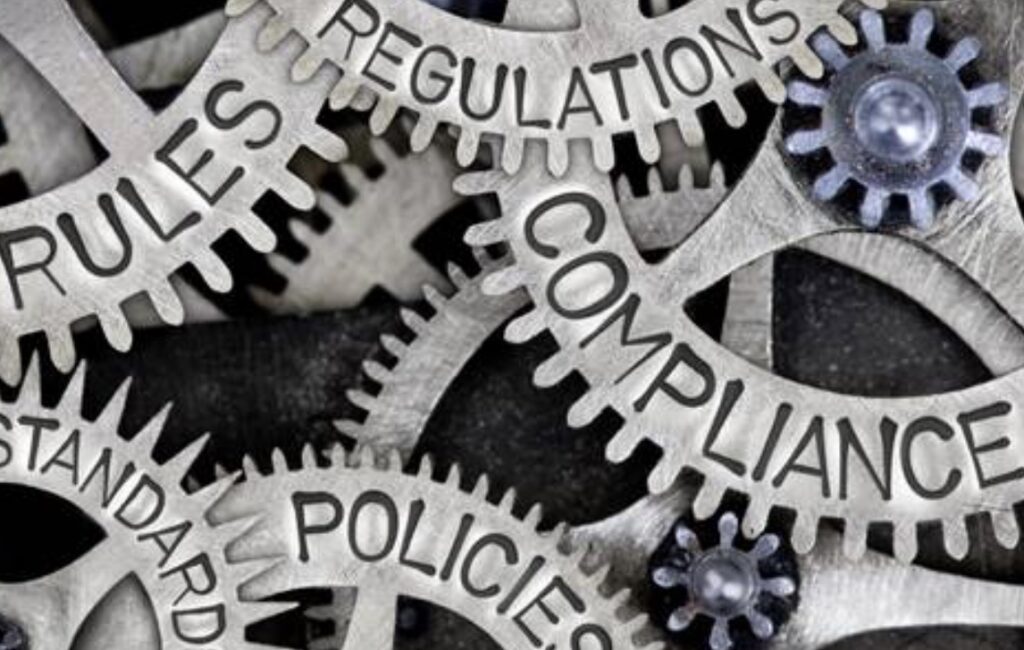
“The problem that you have with regulation and innovation is twofold. On the one hand, you don’t want to prevent new ideas, innovation, entrepreneurship. But on the other hand, regulation is in place to protect consumers.
“You don’t want to lower too much your level of protection just to let the business prosper, because you never know what’s going to happen,” she said.
Jonathan Potter, head of the entrepreneurship policy unit at the OECD described to Digital Nation Australia the challenges that he has observed for a biotechnology and advanced agriculture project in northern Thailand, where innovation has run ahead of regulation.
The organisation is developing medicinal food products that need to be certified by the Food and Drug Administration of Thailand. But with the Thai FDA facing resource limitations, product authorisation decisions are being delayed for up to two years, he said.
“This is a fast-moving market, the start-up world — you can’t delay. They’re actually going off to Singapore, to get an FDA license,” said Potter. “We are simply advising governments to invest more in keeping up with the progress.”
According to Kauffman, the OECD’s regulatory policy committee is looking to address how regulation can become “innovation-friendly”, so as not to prevent entrepreneurship and the emergence of new ideas.
“Once you have regulation in place it requires a lot of compliance and it’s top-down. You have the police and so on. So having on the side softer tools like guidance, or to observe a bit the landscape before you regulate is, for example, a good practice.”
Regulatory sandboxes
One mechanism that can be adopted in order to soften the restrictive nature of regulation, is a regulatory sandbox, where organisations are free to experiment, within reason.
“[Regulatory sandboxes are] a protected area where you don’t regulate for a while, you tell companies, ‘You’re free within these boundaries — don’t kill anyone — to operate’. We let you innovate, we let you develop new products for a certain time, like one year, two years, and then we see what happens,” said Kauffman.
“But we don’t stifle your capacity to innovate. Then in two years’ time, we revisit and we see if there’s a need for regulation.”
Innovation checks
Another mechanism available to regulators is innovation checks, which keep innovation and entrepreneurship front of mind when creating policies.
Despite describing them as a “tick box exercise”, this kind of fitness check encourages policymakers to question the effects of the regulation on innovators, she said.
“Policymakers, whenever they develop new legislation or regulation, they have on their mind, am I affecting entrepreneurship? Am I affecting start-ups? Am I affecting innovation? In which way? And if it’s negative, how can I remediate the negative impacts?”
Source: DigitalNation
Born 217 Years ago today, 2nd April 1805, Hans Christian Andersen is best remembered for his fairy tales.
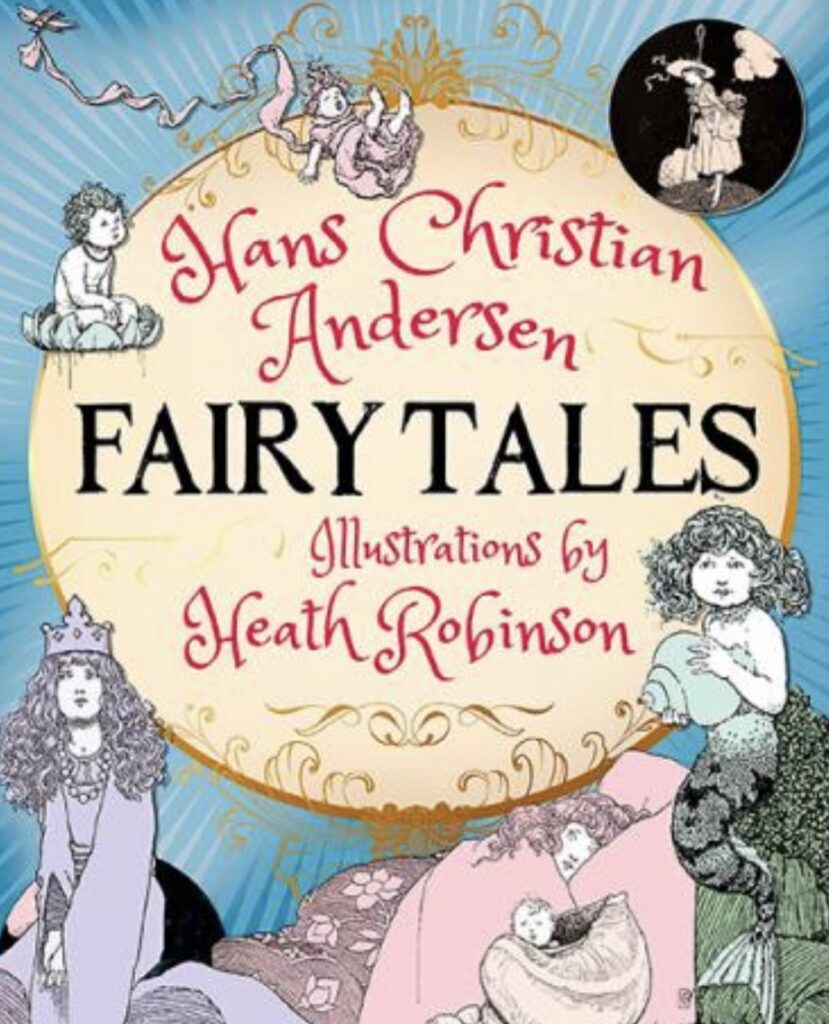
They consist of 156 stories across nine volumes and translated into more than 125 languages, have become culturally embedded in the West’s collective consciousness, readily accessible to children, but presenting lessons of virtue and resilience in the face of adversity for mature readers as well. His most famous fairy tales include “The Emperor’s New Clothes,” “The Little Mermaid,” “The Nightingale,” “The Steadfast Tin Soldier”, “The Red Shoes”, “The Princess and the Pea,” “The Snow Queen,” “The Ugly Duckling,” “The Little Match Girl,” and “Thumbelina.” His stories have inspired ballets, plays, and animated and live-action films.
Andersen’s father, who had received an elementary school education, introduced his son to literature, reading to him the Arabian Nights. Andersen’s mother, Anne Marie Andersdatter, was an illiterate washerwoman. Following her husband’s death in 1816, she remarried in 1818. Andersen was sent to a local school for poor children where he received a basic education and had to support himself, working as an apprentice to a weaver and, later, to a tailor. At fourteen, he moved to Copenhagen to seek employment as an actor. Having an excellent soprano voice, he was accepted into the Royal Danish Theatre, but his voice soon changed. A colleague at the theatre told him that he considered Andersen a poet. Taking the suggestion seriously, Andersen began to focus on writing.
Fairy Tales Told for Children is a collection of nine fairy tales by Hans Christian Andersen. The tales were published in a series of three installments between May 1835 and April 1837, and represent Andersen’s first venture into the fairy tale genre.
1st Installment: published 8 May 1835 and contained “The Tinderbox”, “Little Claus and Big Claus”, “The Princess and the Pea” and “Little Ida’s Flowers”.
2nd Installment: published on 16 December 1835 and contained “Thumbelina”, “The Naughty Boy” and “The Traveling Companion”.
3rd Installment: published on 7 April 1837 and contained “The Little Mermaid” and “The Emperor’s New Clothes”
The works of Hans Andersen became known throughout the world. Rising from a poor social class, the works made him into an acclaimed author. Royal families of the world were patrons of the writings including the monarchy of Denmark, the House of Schleswig-Holstein-Sonderburg-Glücksburg. An unexpected invitation from King Christian IX to the royal palace would not only entrench the Andersen folklore in Danish royalty but would inexplicably be transmitted to the Romanov Dynasty in Russia.
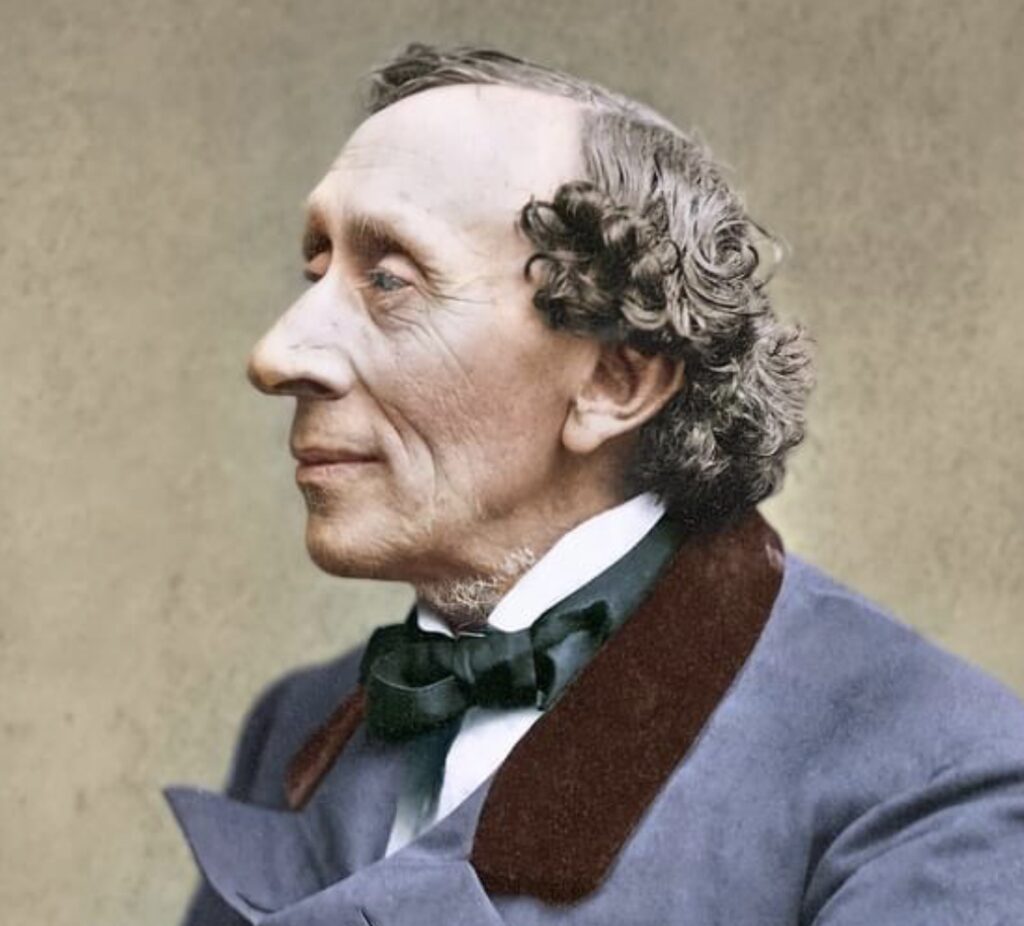
In June 1847, Andersen paid his first visit to England and he enjoyed a triumphal social success during this summer. The Countess of Blessington invited him to her parties where intellectual people would meet, and it was at one of such parties where he met Charles Dickens for the first time. They shook hands and walked to the veranda, which Andersen wrote about in his diary: “We were on the veranda, and I was so happy to see and speak to England’s now-living writer whom I do love the most.”
Anderson died on 4 August 1875, in a house called Rolighed (literally: calmness), near Copenhagen, the home of his close friends, the banker Moritz Melchior and his wife. Shortly before his death, Andersen had consulted a composer about the music for his funeral, saying: “Most of the people who will walk after me will be children, so make the beat keep time with little steps.”
This is my colourised version of a photograph taken by Thora Hallager in 1869, but I have posted the untouched original portrait within the comments.
The freeports, freezones & SEZs area is one of the most important, dynamic & fast moving fields of international trade.
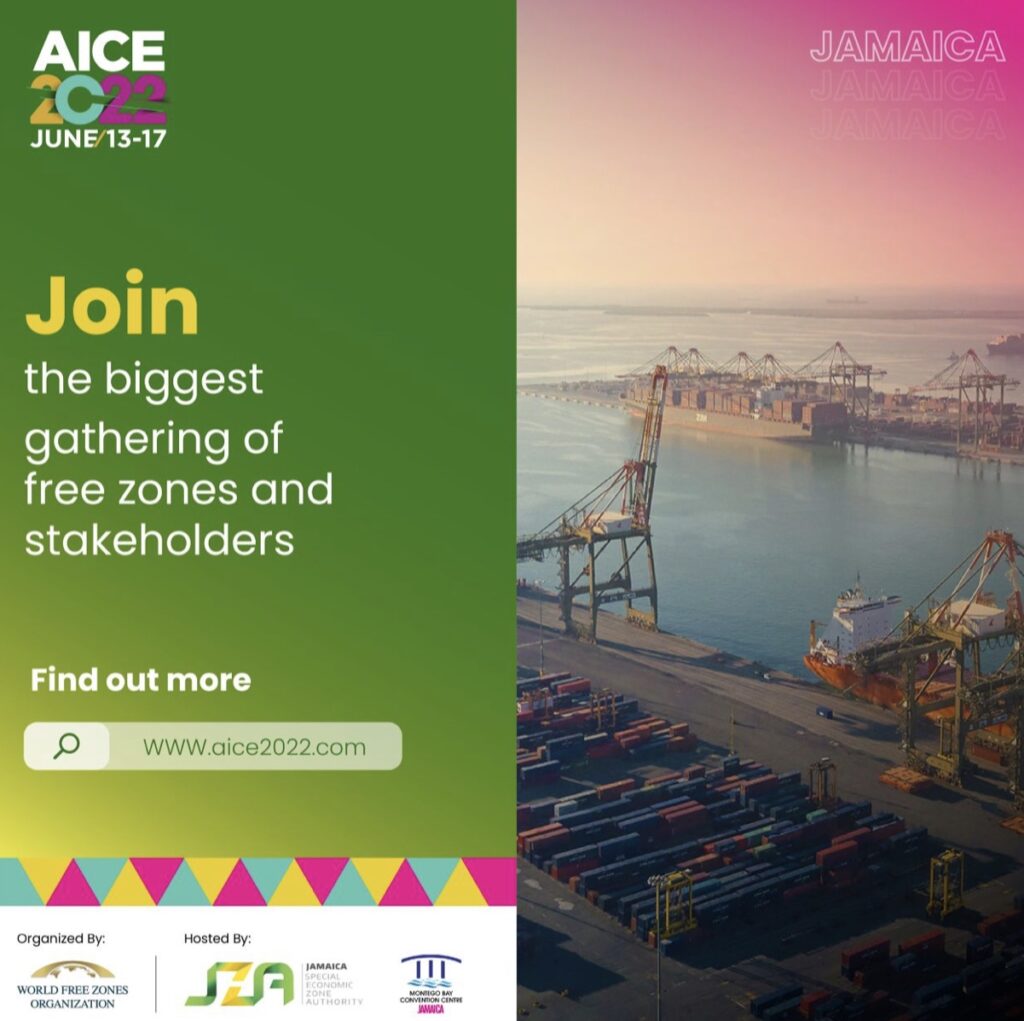
This year, #AICE2022 will bring together top multilateral institutions, leading private enterprises, and new suppliers. Don’t miss out on this wonderful chance to interact and network with the best in the industry. Come join us from June 13 -17 at Montego Bay Convention Centre, Jamaica. The clock is ticking,
The World FZO AICE conference is one of the most high valued events of the year for our business, one that I highly recommend for its high level talks, innovation & news.
I will be there for a speech & panel debate. Will you?
Register now: https://lnkd.in/dunnkJwH
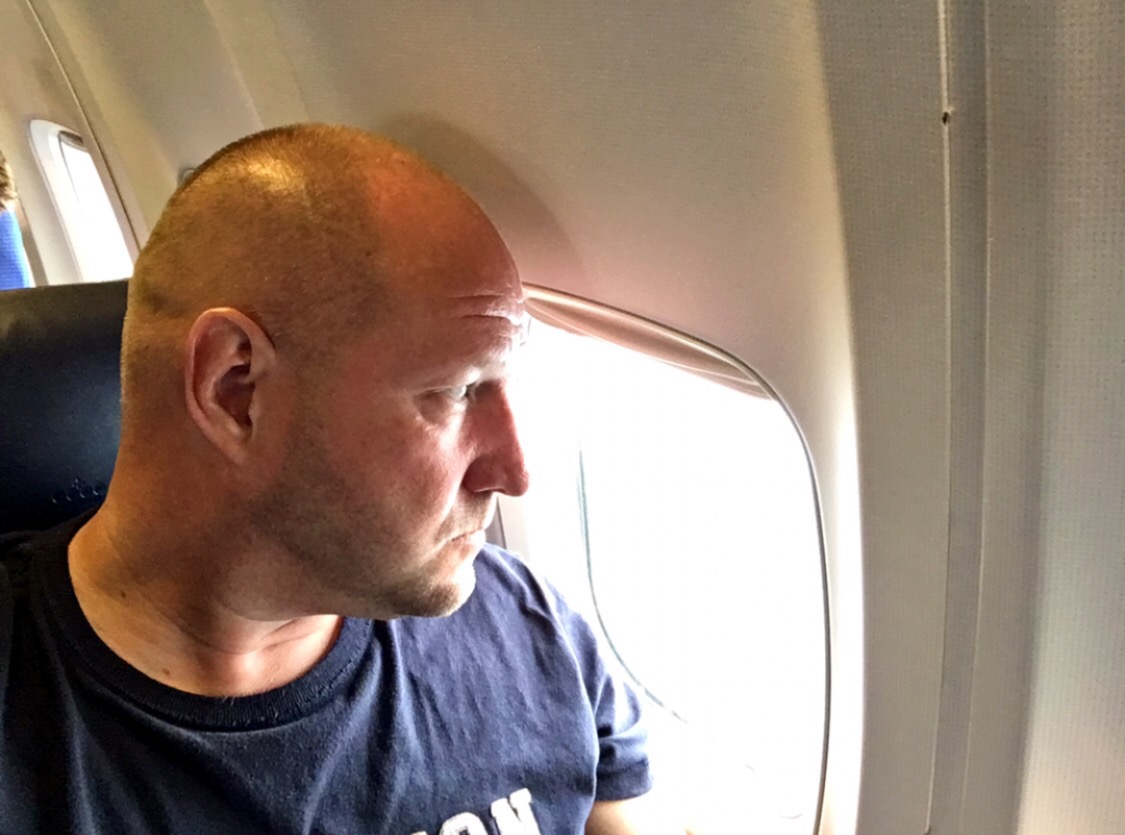





You must be logged in to post a comment.